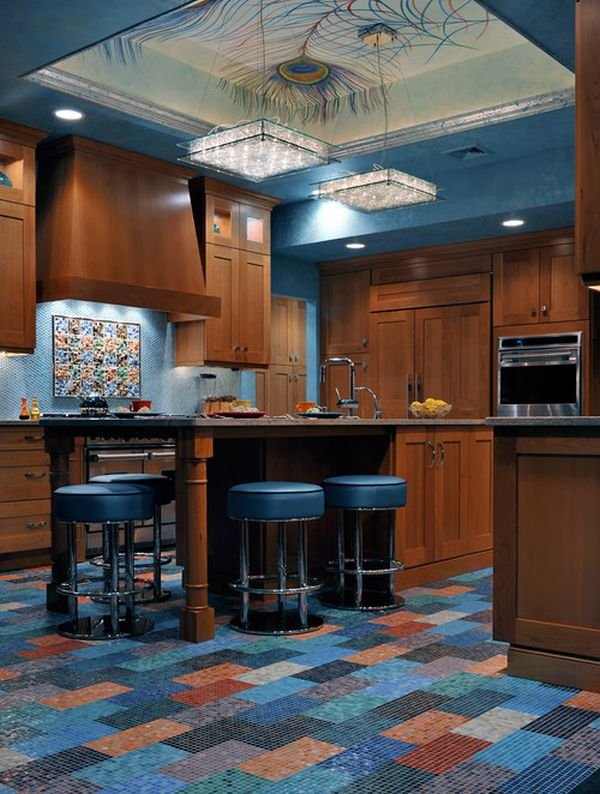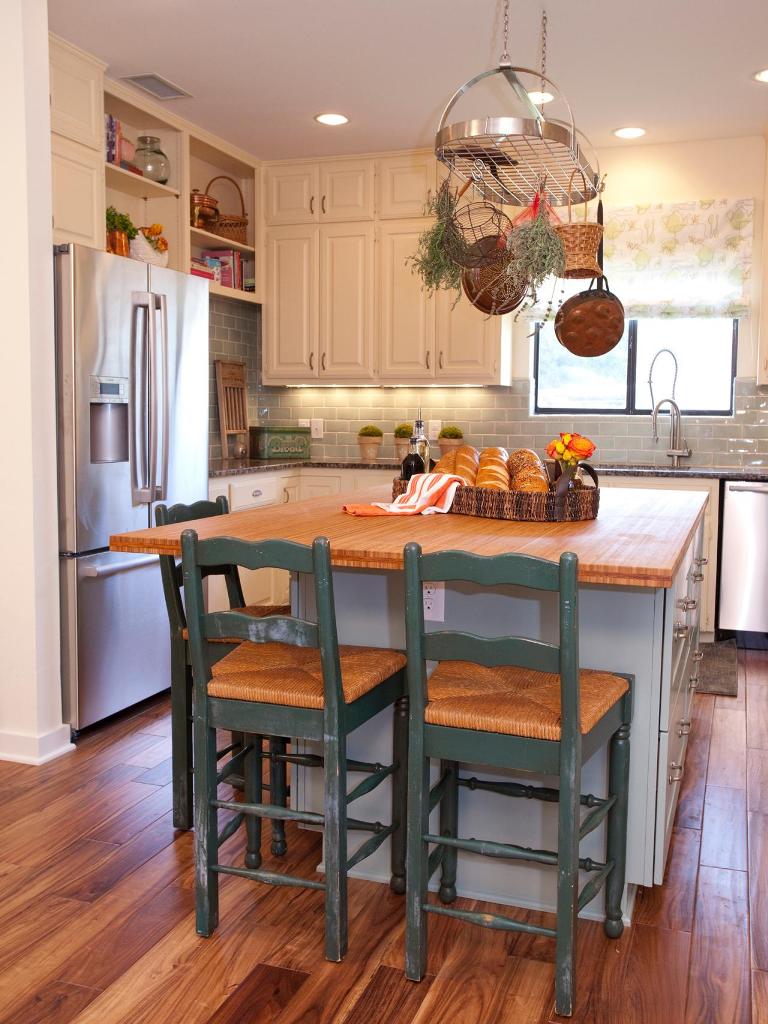Restoring your furniture is a fun DIY project that lets you get more creative with your interior design. No need to put that old side table out on the sidewalk when a little love and a new lick of paint transforms it into a beautiful eye-catching piece.
Most of the tools that you need are likely already in your toolbox but it helps having a few tools specific for furniture restoration.
There’s tons of specialist websites out there like paint sprayer guide where you can find the best paint sprayers for types of furniture, learn how to use different kinds of sandpaper and find out which paints or stains work best on what type of wood.
Read on for more tips on wood furniture restoration and how to distinguish between a piece from an antique store and a cheap piece with potential from a charity shop.
Know What You Want to Create

A lot can go wrong when restoring wood furniture, this is not a DIY project you want to start blindly. So, before you even pick up that sandpaper, find sources of inspiration and detailed how-to guides on how to achieve the look that you want.
Furniture restoration is a detailed job so read through all the steps carefully and make a list of all the tools that you need. Don’t feel discouraged if it seems like a lengthy process, the end result will be worth it.
Have the Right Tools Ready
If you come across a comprehensive list of wood furniture restoration tools and how to use them, it is worth your time reading through it. However, the simpler jobs don’t require an entire arsenal of tool.
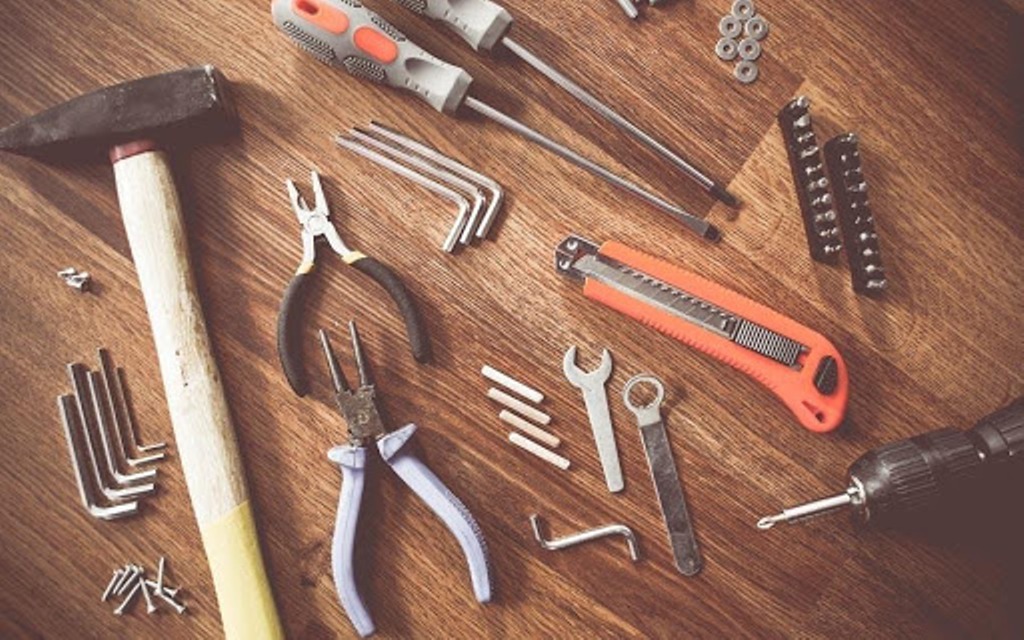
In fact, if you are a beginner, you might want to enlist the help of a furniture maker for the more difficult elements like replacing a leg or fixing the back of a chair. To save costs, you can work on the finishing touches like staining or varnishing yourself.
For basic DIY furniture projects, you should have at least the following tools;
- Sandpapers (different roughness levels)
- Toothbrush
- Oil soap
- Wood filler and putty knife
- Different paintbrush sizes or paint sprayer tip sizes
- Primer, paint and varnish
- Wood glue
- Paint mask
- Painters tape
- Pencil
- Stirring sticks
- Cleaning materials
- Plastic gloves
Do a Deep Clean
Before you even start on the real work, you have to thoroughly clean wood furniture. How long it takes depends on where you get the piece from – maybe it was kept in pristine condition at the second-hand furniture store, gathering dust in your shed or left out in the rain on the sidewalk.
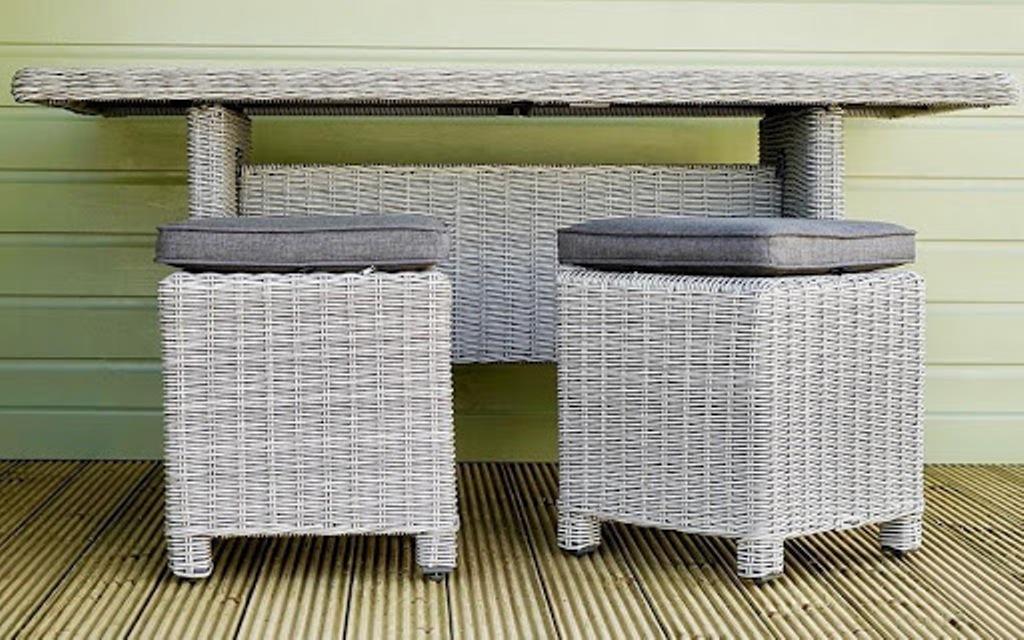
Wipe away all the grime with an oil soap and make sure you get deep into the grooves with a toothbrush. Be extra careful with antique furniture and make sure you are not doing damage to anything that you are not going to rework.
Repair the Broken Pieces First
Wooden tables and chairs can be trickier to restore because they are more likely to have broken parts. Finding the right parts for furniture pieces that did not come from a chain store can be a bit of a treasure hunt.
Browse online on websites like Ebay and Craigslist, you might find someone selling an identical piece. There is a greater chance with antique pieces because then you have a special niche market you can look into, maybe even specialty stores that still have it in stock.
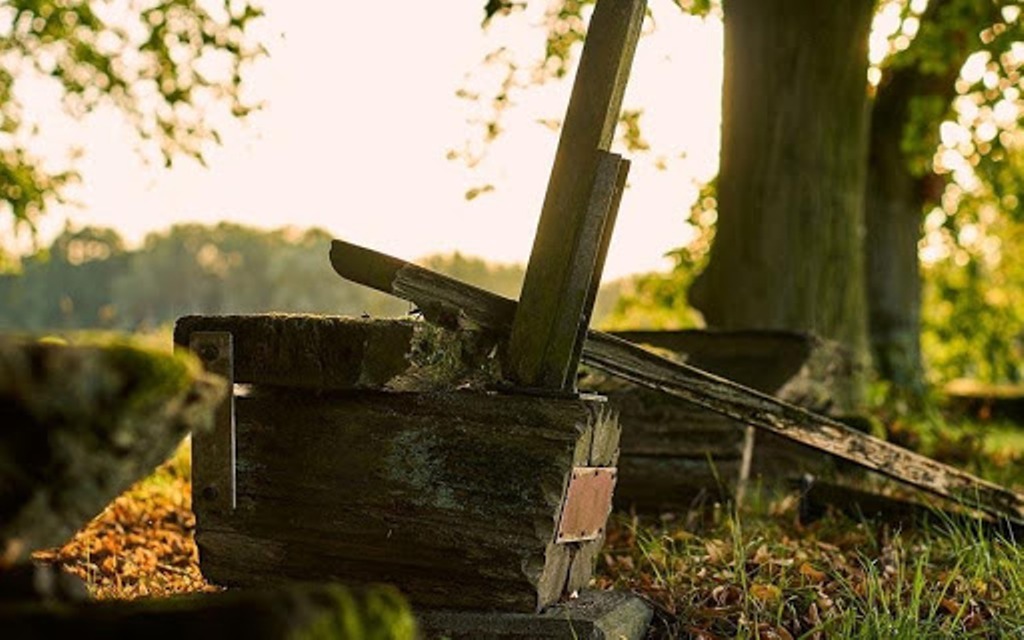
If you cannot find the missing part ready made, you will have enlist the help of a furniture maker that can custom design the missing part. This can be costly so consider if this kind of repair is still worth it for you.
Be Patient When Refinishing
Refinishing wood furniture is a labor of love so remember to be patient and optimistic when you are putting in the hours to remove all the old varnish.
Don’t skip any spots or try unlikely hacks to speed up the process because you can tell by the final result if it was a rushed job.
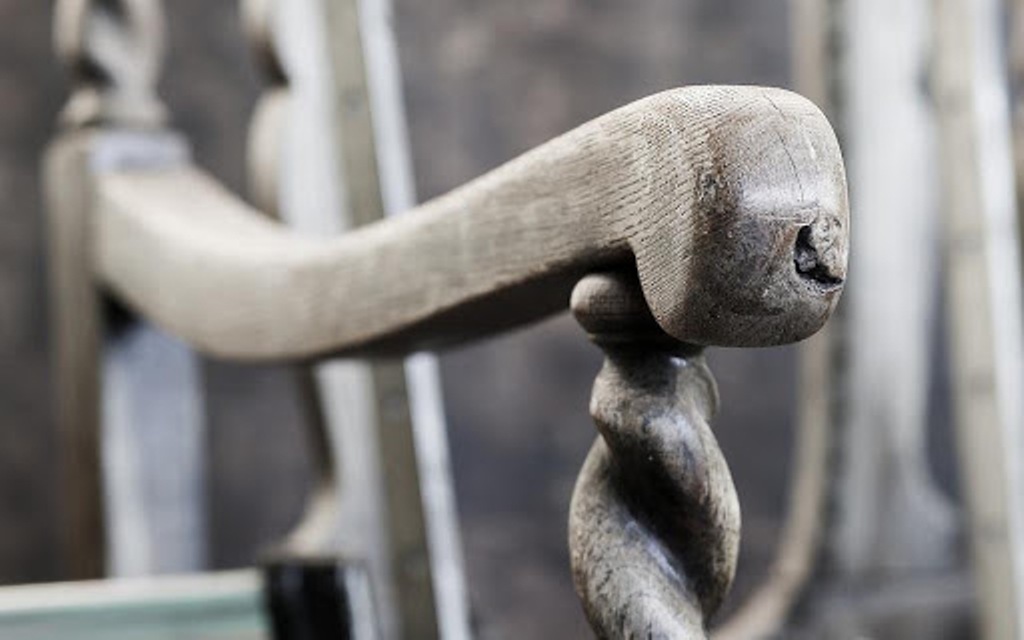
Remember to go about it carefully with the right tools, paint sprayers give a smoother finish, for example. This is likely the most time consuming step.
Consider the Value
Sometimes you get lucky and stumble upon a piece that is actually quite valuable. Signs of valuable furniture are designer signatures or logos, handmade details and joinery that shows it was created by hand and not a machine.
Removing the varnish on an antique actually kills its value so have an expert date the piece before you get to work on it. And if it is an antique, hand it off to an expert restorer so that you can sell it for a great price and earn new furniture budget.








